Emu's 'Vinatge-Keys' mudule wasn't cheap! Let's get that out of the way from the get-go! It was almost £900 which was a lot in those days, and while you got a full 16 part multitimbrel box stuffed chocka full of Emu's famous samples all set into rom as mapped out ready to go presets with full midi control... in many ways you were paying for the E-mu name & for the intellectual property of those multi-samples themselves.
In total the Vintage Keys delivers 249 mono samples organised as follows:
68 samples of real instruments
B3 Organs with Leslie speakers, including a distorted sample where you can't hear the loop at all. Mellotron choirs, violins and flutes. A Farfisa organ. Yamaha CP70, Wurlitzer, Dyno-myRhodes and Fender Rhodes pianos. Hohner Clavinet, Taurus Bass Pedals. Mini, Micro, Memory & Model 55 Moogs in various moods. Yamaha DX7 bass, with one sample via a Rockman amp. Oberheim Matrix 12 'Sync', 'Hollow Pad' and 'Strings'. ARP 2600. Fairlight Ahhs. Sequential Prophet 5 'Sync Lead', 'Guitar', 'Pipe' and 'Strings'. Solina (ARP) String Ensemble. (There are also a few of the ubiquitous Saxophone, Brass, Guitar and Bass sounds that no sound module can apparently be released without.)
32 drums & reverb spaces
The nine Reverb Spaces allow you to 'add' reverb to the otherwise dry drum sounds. More effective than you might imagine.
52 single cycle samples
Of Moog, ARP & Oberheim synths, and B3 organ. Lots of timbres to experiment with — most analogue synths only had square, rectangular, sawtooth, sine and triangle.
22 harmonic waveforms
An Emu speciality — as seen in all Proteus versions. More useful than you might think.
53 single cycle waveforms
Some very unusual and distinctive timbres.
6 multi-cycle waveforms
Filter Bass, Harmonics, ElecPiano, Marimba Attack, Vibe Attack, Xposed Noise
15 loops & piles
Loops are single samples continuously looped. Piles are continuous loops containing multiple samples. Loops and Piles are useful for special effects and can provide rhythmic accompaniment when chords are played.Extreme transpositions can also yield unusual effects
Some of the vintage synths and keyboards you get included the Minimoog, Hohner Clavinet, ARP Odyssey, Solina String Machine, Korg PS3300, Sequential Prophet 5, Yamaha CP70/80, Yamaha CS80, Roland Jupiter 8, Sequential Pro-One, Oberheim OB8 & more...
The Vintage keys specs are
- RAM Presets (user): 256
- ROM Presets: 128
- Polyphony: 32-Note (max)
- Outputs: 3 pairs stereo (including 4 mono returns via the ring of a stereo jack)
- MIDI: In, Out and Thru ports
- Data encoding: 16-bit linear
- Frequency Response: 20Hz - 15kHz
- Power Supply: 110/240 volts (automatic switching)



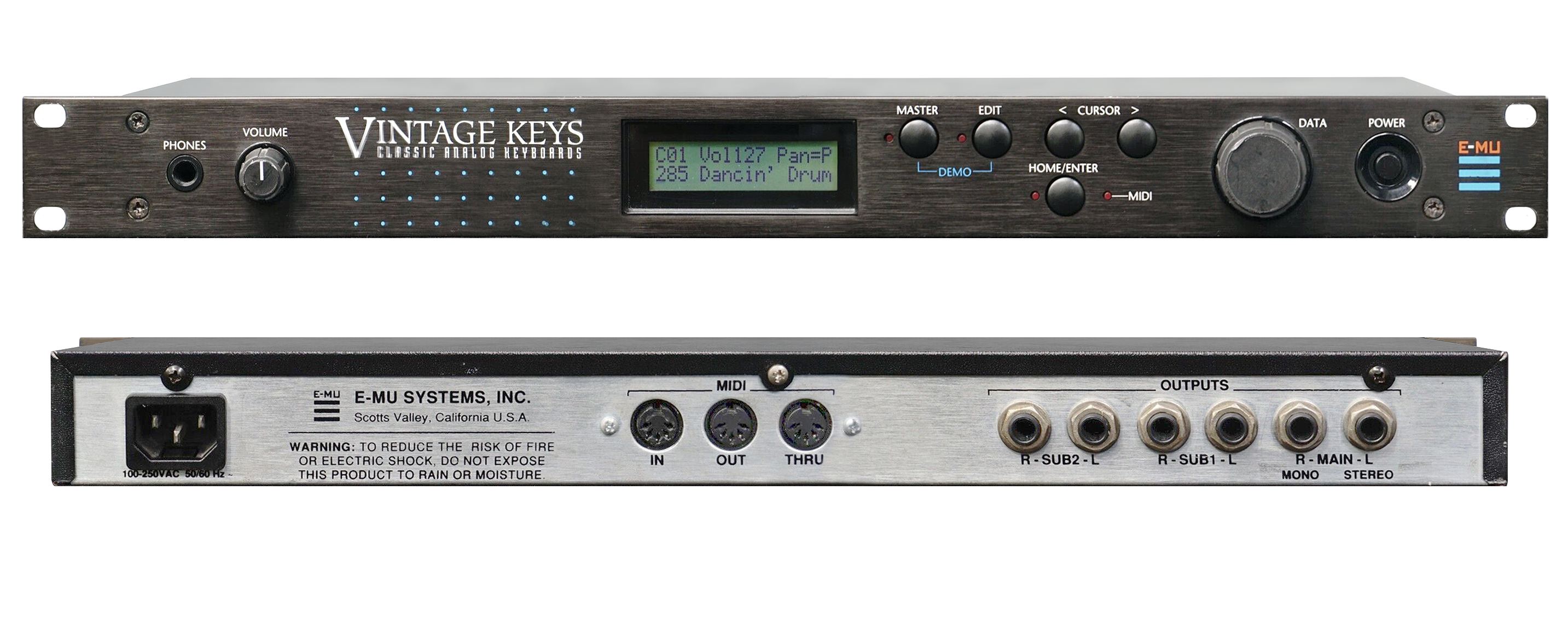

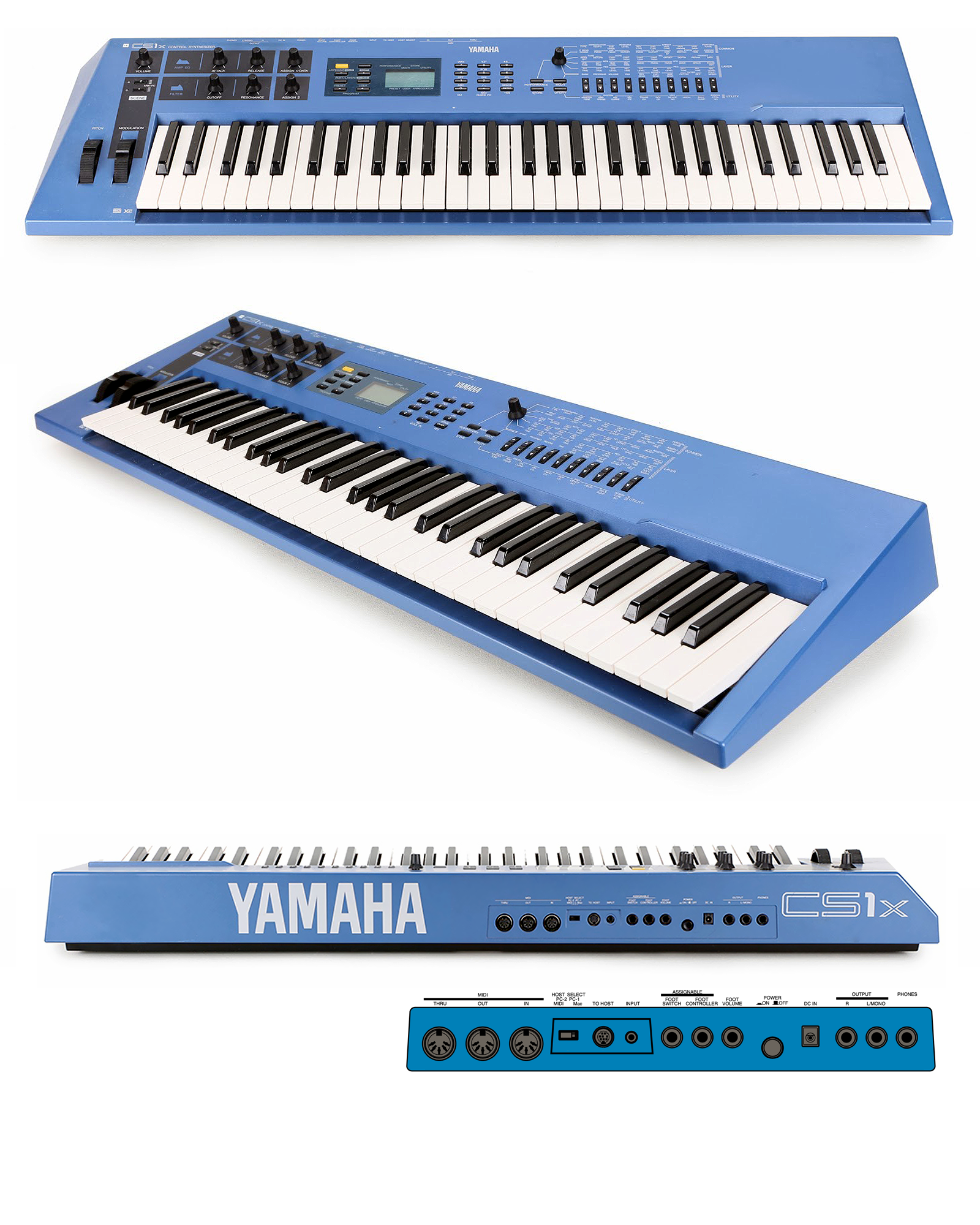
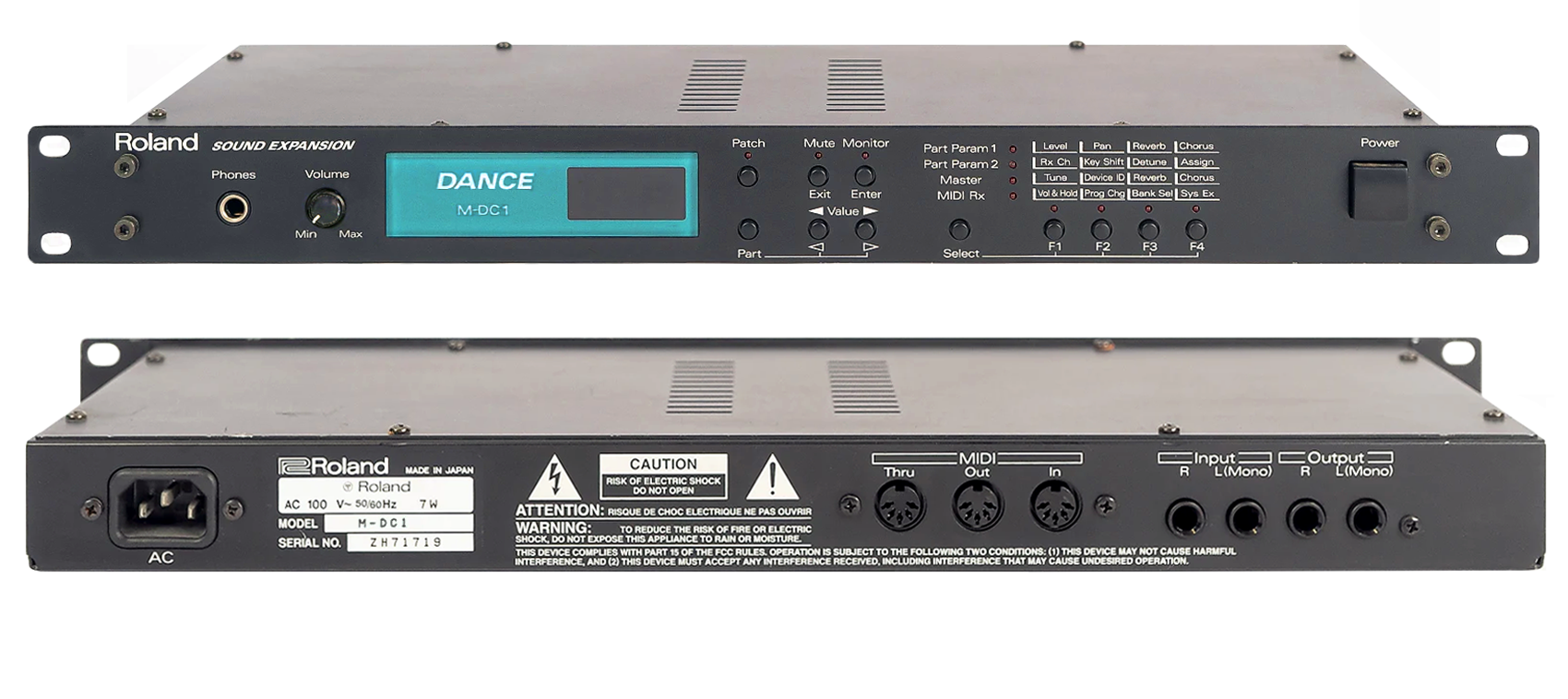
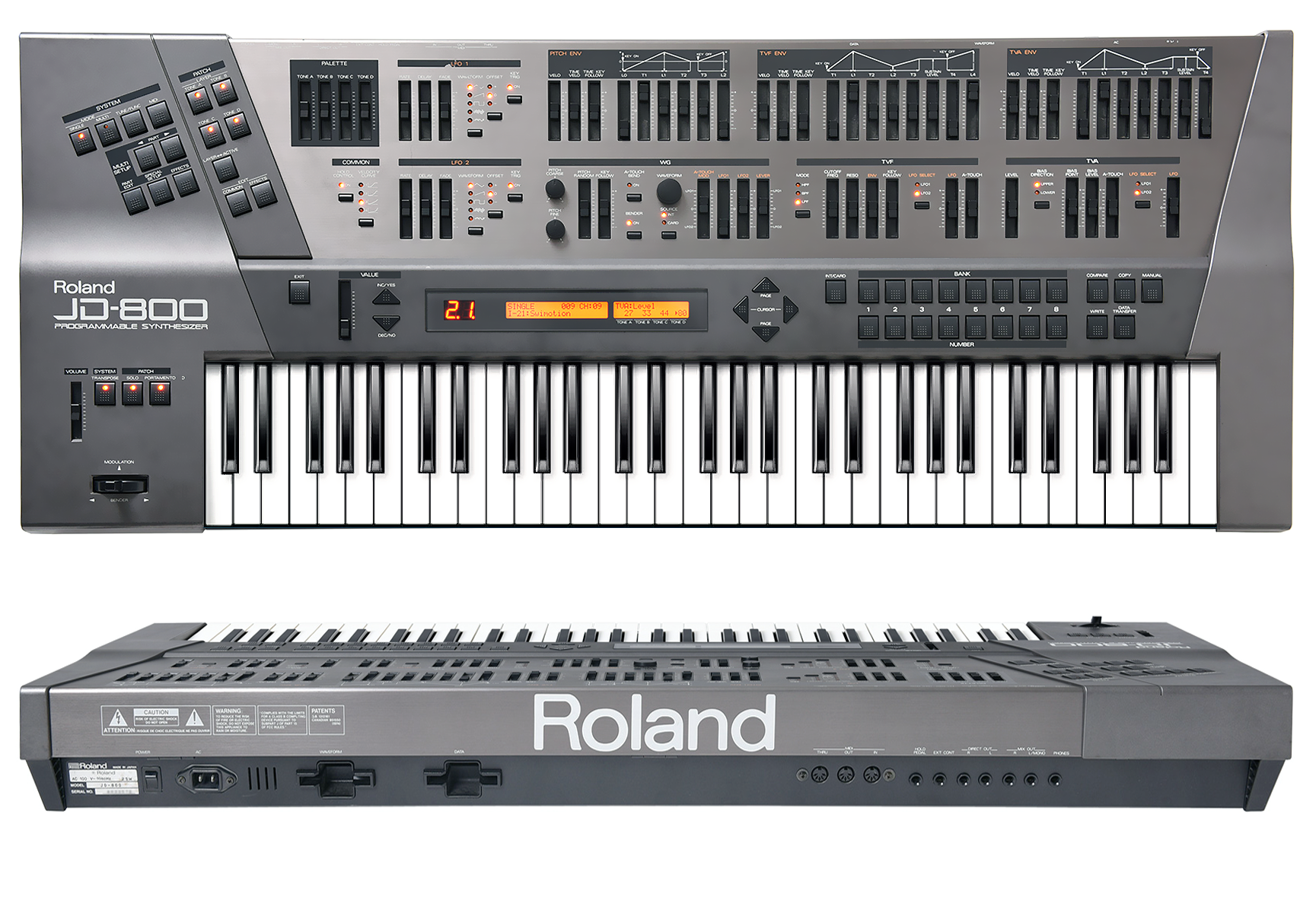
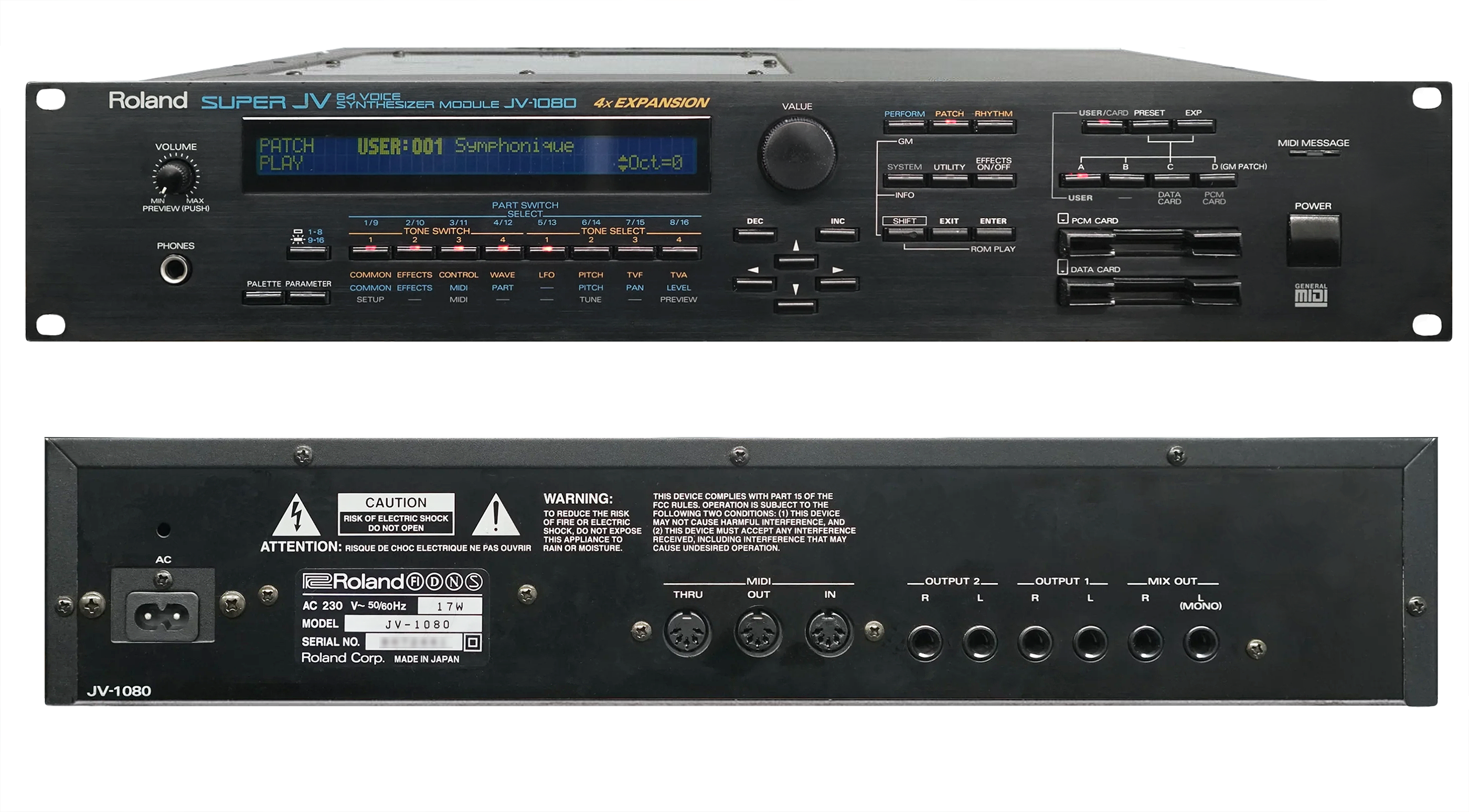

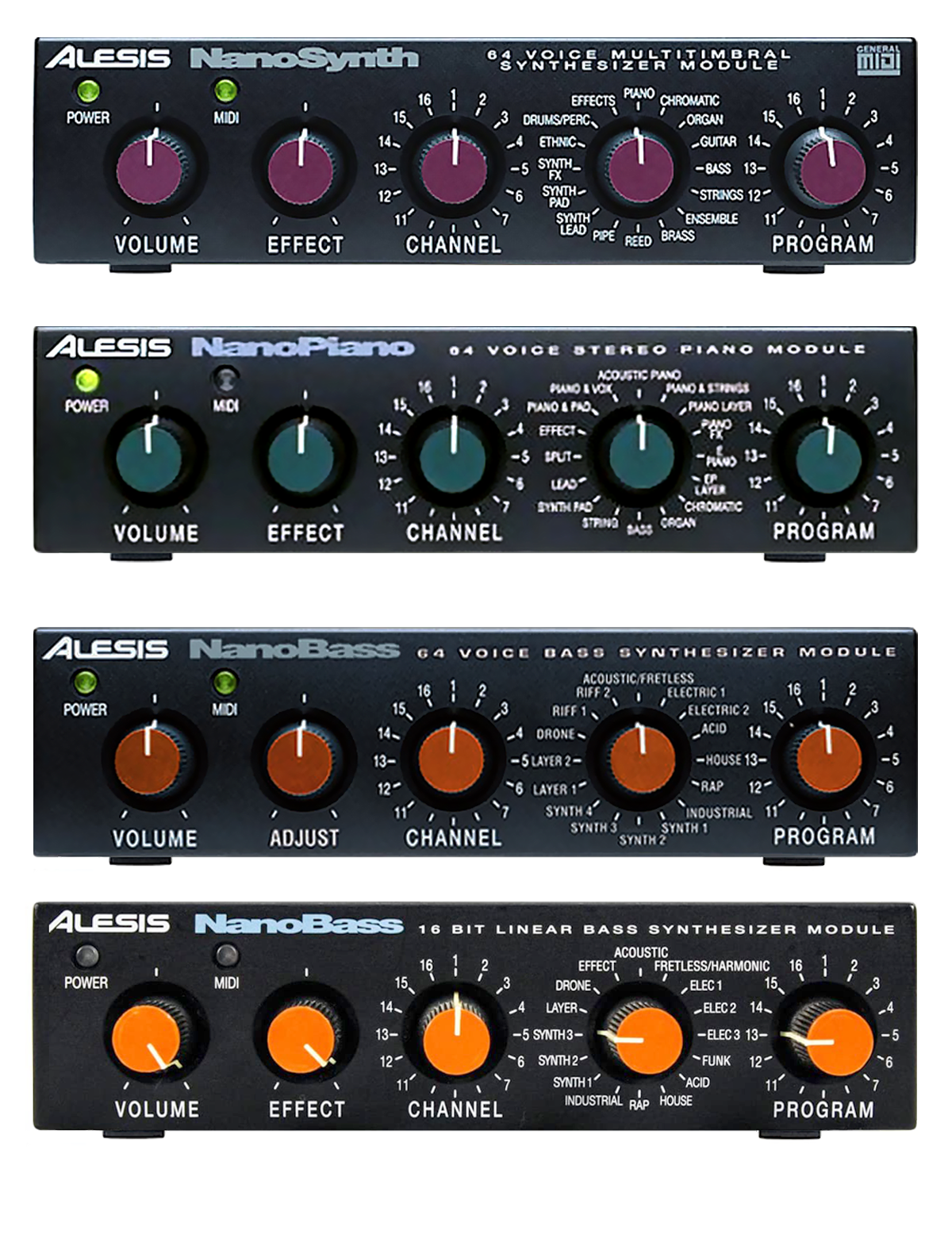
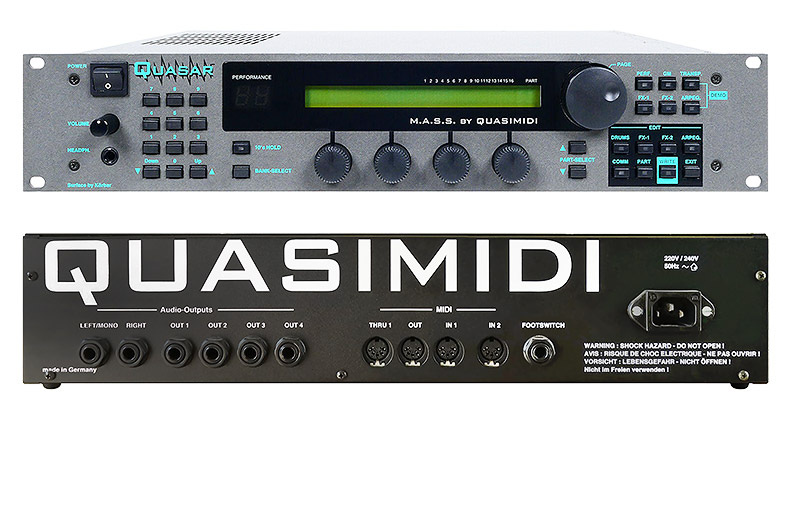
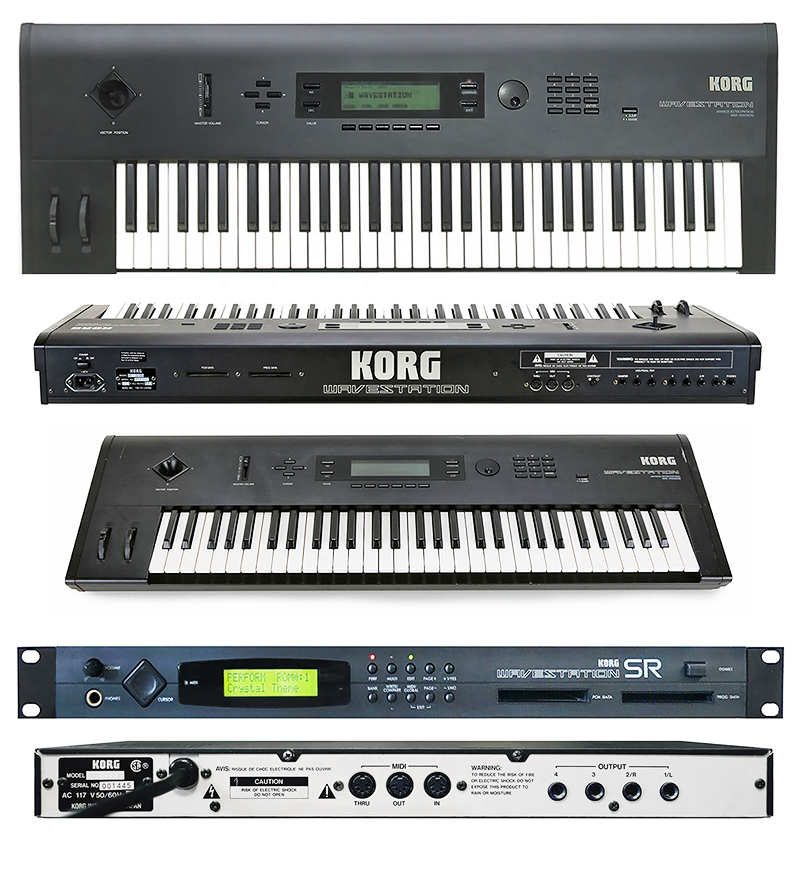
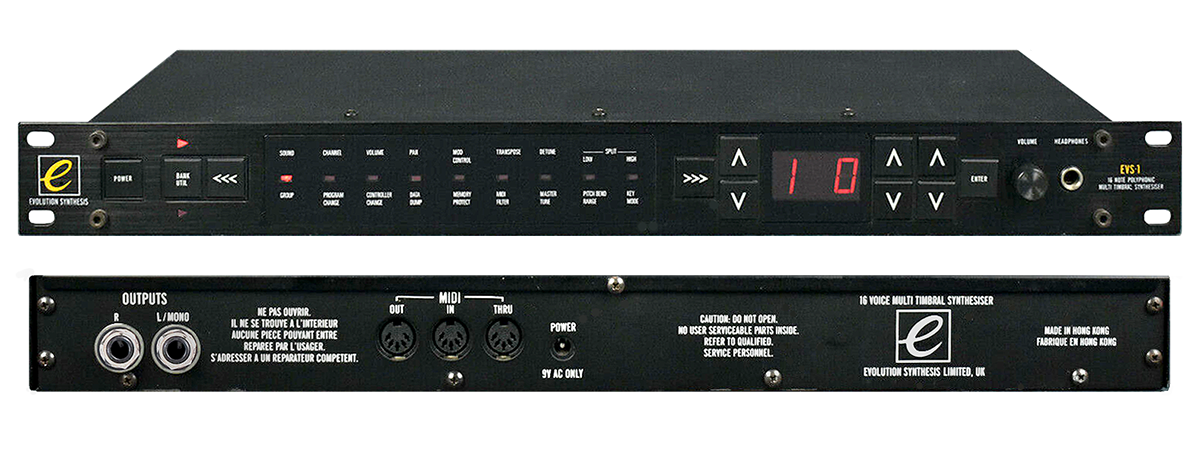
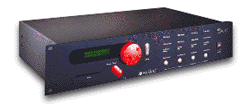



Read 3 comments
Add review/comment